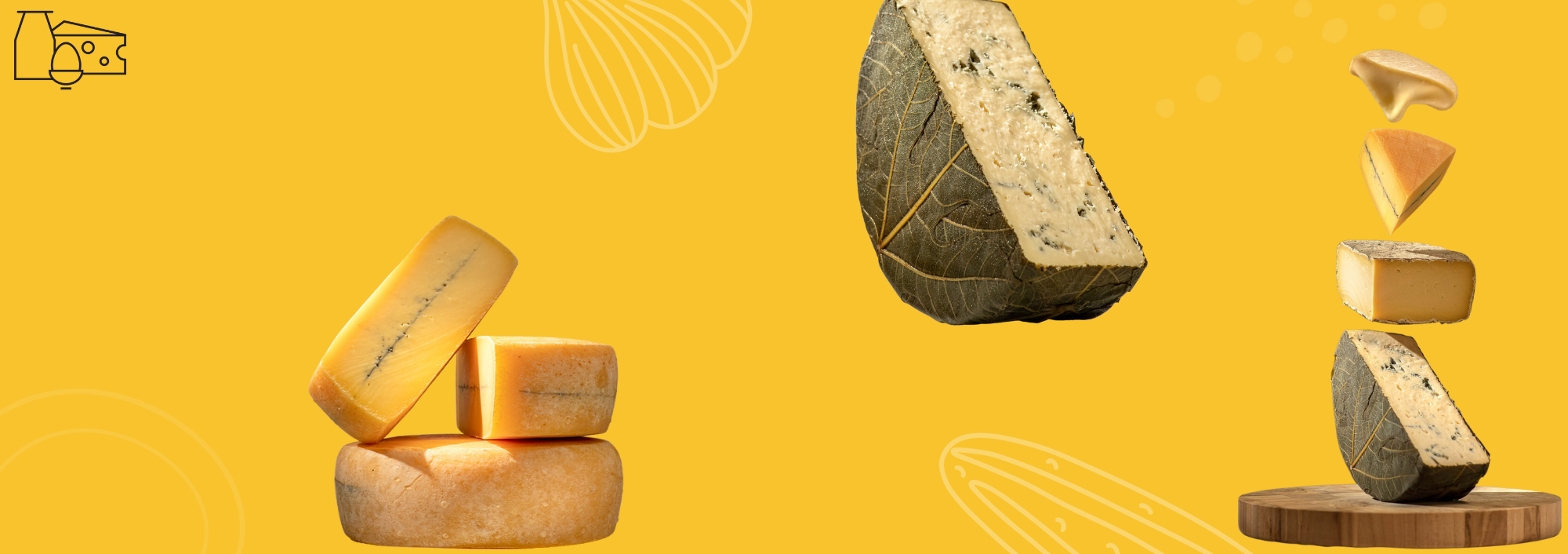Nathan and Padgett Arnold, founders of Sequatchie Cove Creamery in southeast Tennessee, are the driving forces behind an artisanal cheese venture that encapsulates passion, creativity, and a profound connection to the land. Their journey into the world of cheesemaking is a captivating tale of love, innovation, and dedication to preserving the essence of their region. From humble beginnings to becoming an award-winning creamery, the Arnolds’ story unfolds as a testament to the transformative power of inspiration, both local and global. Through their intricate process of crafting unique cheeses, the Arnolds pay homage to their surroundings while embracing flavors and techniques from around the world. Join us as we talk with Padgett Arnold and delve into the narrative of Sequatchie Cove Creamery.
What led to the creation of Sequatchie Cove Creamery? How did the idea to start making cheese originate for you and Nathan?
Padgett: We took a unique path from our original backgrounds. Back at the University of Georgia, I was studying horticulture with the aim of becoming a specialist in edible crops. Nathan and I connected through shared interests and found ourselves working at Crabtree Farms, an urban farm with a strong commitment to sustainable agriculture and community access to food. This was during the late 90s in Chattanooga.
During that time, we met the Keeners, and Nathan joined them at Sequatchie Cove Farm to grow their produce program in 2003, while I remained at Crabtree. While Nathan was at Sequatchie Cove, he became increasingly drawn to working with the farm’s animals and exploring ways to add value to the operation.
The question arose: How can we create sustainable livelihoods for multiple families on this small farm while meshing well with its existing enterprises? The notion of cheese came into play, along with the concept of adding value to the farm. It’s a bit of a chicken-and-egg situation, but that’s the journey that brought us here.
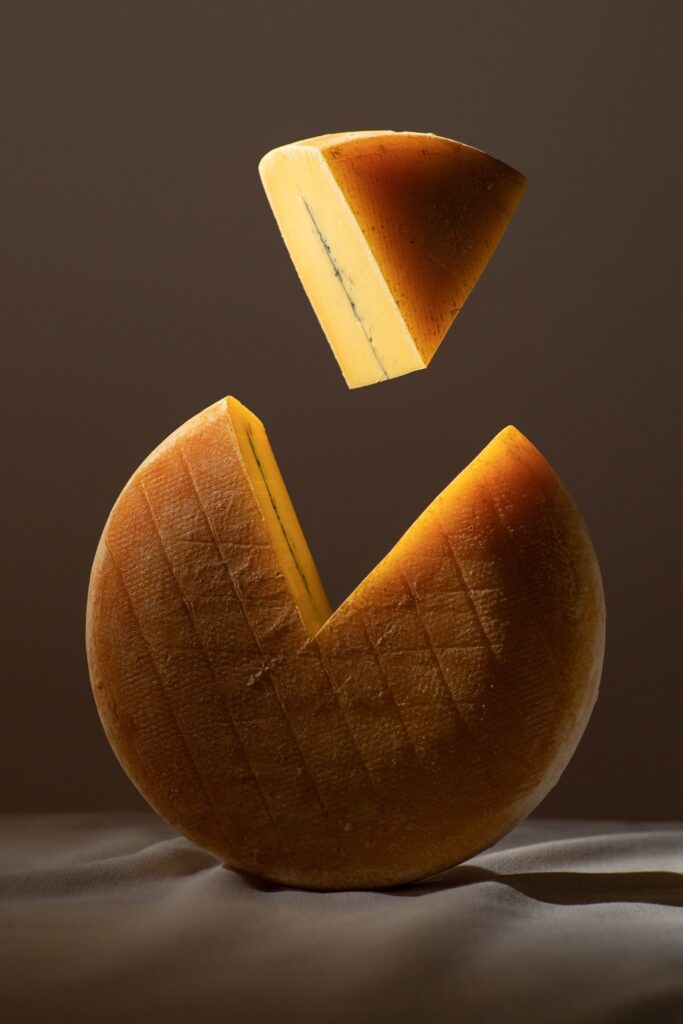
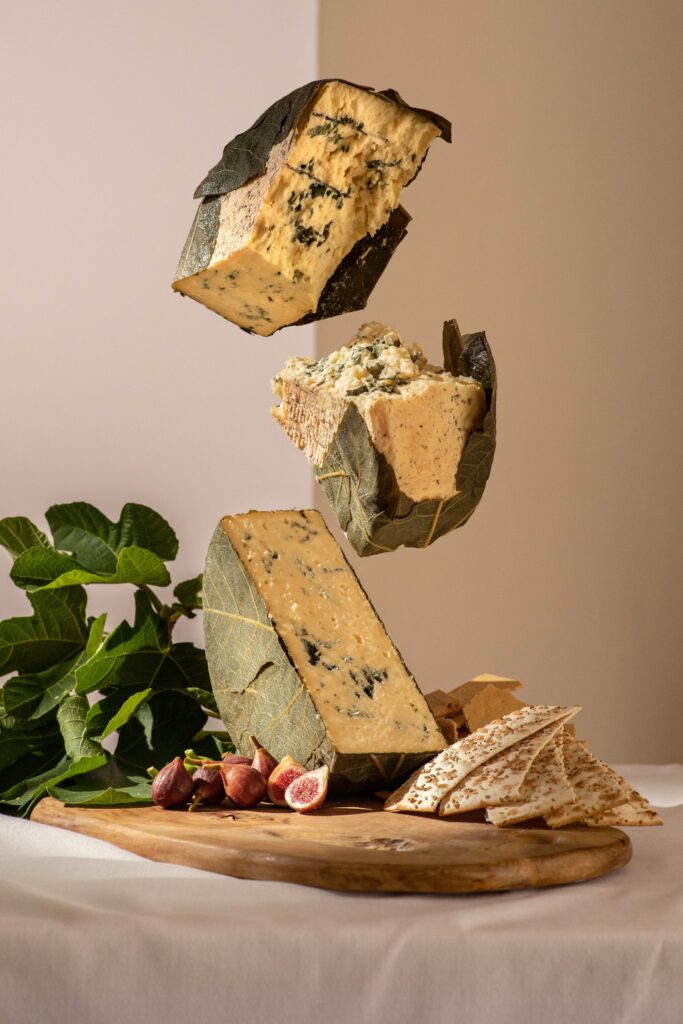
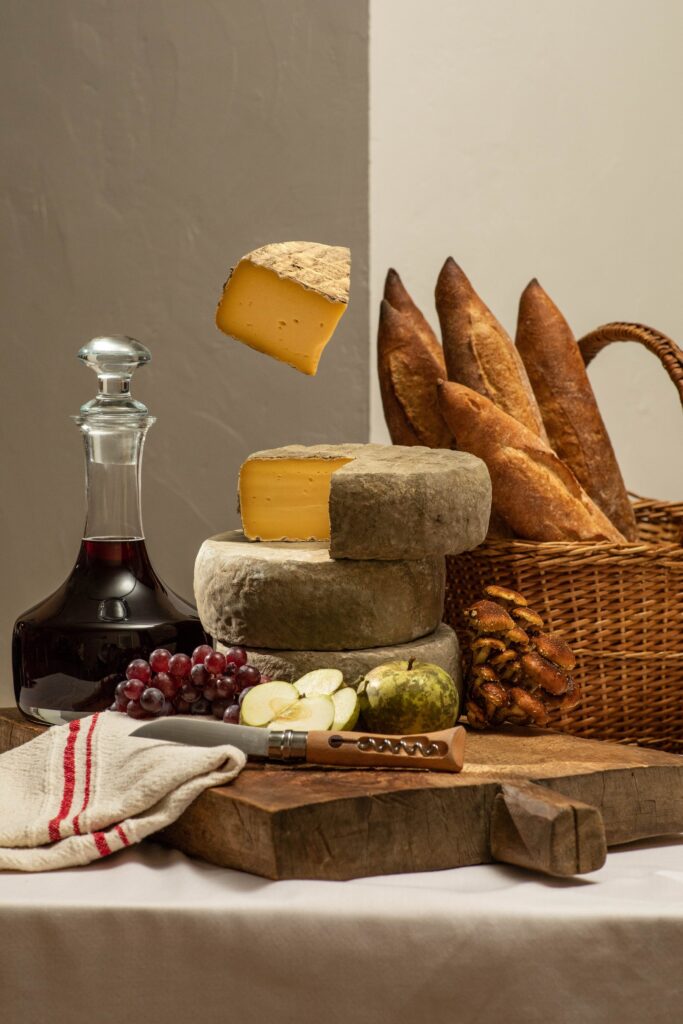
Let’s delve into your sources of inspiration. Where did you find the creative spark for Sequatchie Cove Creamery?
In 2004, a trip to Italy left a lasting mark on us. At an international farming and food festival, we were exposed to a diverse array of foods that planted the seeds of inspiration. It was there that we encountered new cheeses, particularly French alpine varieties.
There was a period that Nathan was traveling a lot, making contacts through the American Cheese Society and learning as much as he could through these contacts. He also studied cheesemaking in France, which became a huge source of inspiration for our own creations. He adapted the unique techniques and essence of those French cheeses and blended them with the distinct character of Tennessee’s Sequatchie region.
Cheese making is both scientific and artistic. It’s not just a wheel of cheese, it’s a work of art. Our cheeses have aesthetic appeal that resonates, particularly among chefs.
Ok, let’s talk about these cheeses. Take me through them and what makes them so special.
Cumberland
Our first cheese, the Cumberland, is a simple and rustic Tomme, inspired by the French Tomme de Savoie. It offers buttery and earthy flavors, complemented by a tangy grassy note and subtle hints of macadamia nut. Chefs love its versatility – it can be grated onto pizza, used as a substitute for gruyere, Havarti, or cheddar, and it’s even “kid friendly.” Its natural rind boasts a distinctive gray and white spotted appearance that makes a statement on a cheese board. With a long shelf life, it’s very kitchen friendly as well.
Search Item #91165
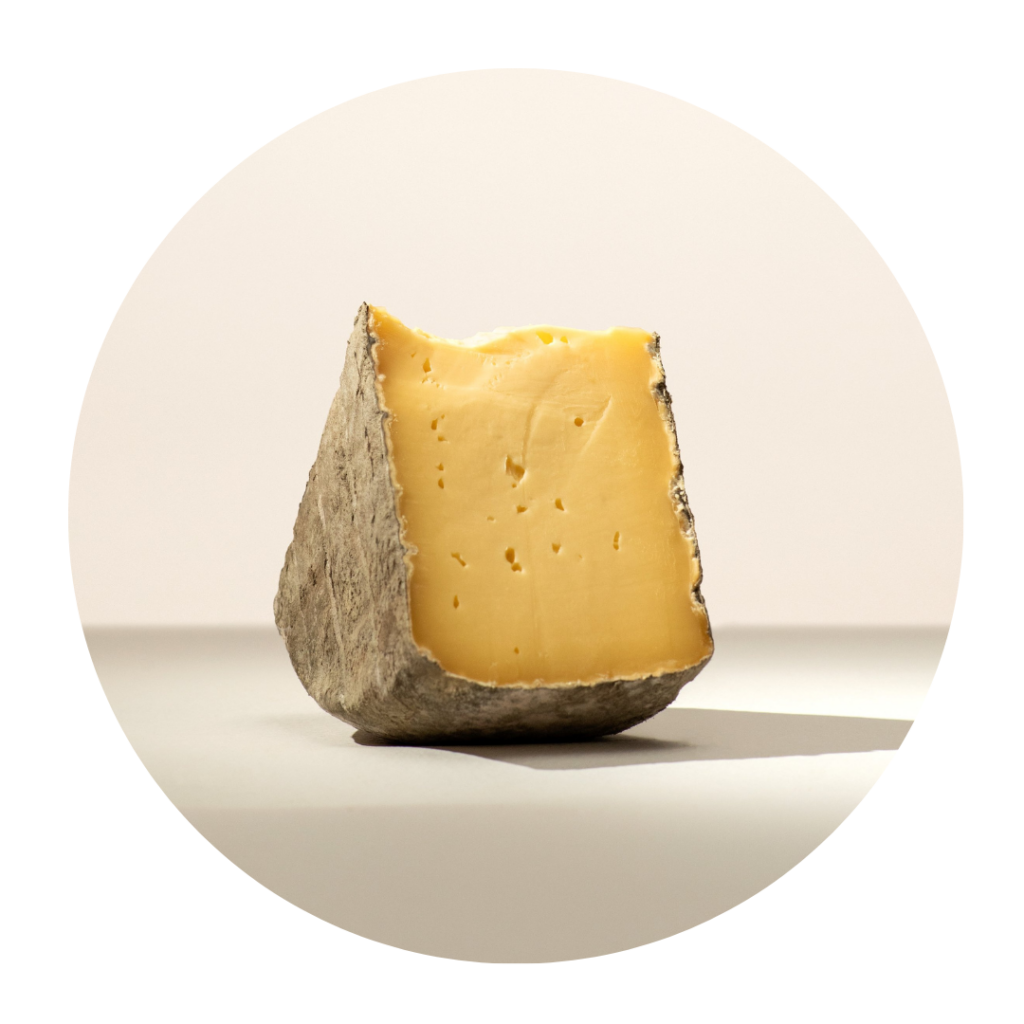
Coppinger
Coppinger is our top-selling cheese and demand is really driving production. Demand has been going up and up.
It is a Southern take on the classic French Morbier, Coppinger is a semi-soft washed rind cheese with a striking layer of decorative vegetable ash in its center. The velvety elastic paste is savory with notes of fresh grass and smoked meats, making it ideal for the cheese plate or melted into any dish.
This is a another very versatile cheese and it blends well with a lot of flavors Try it melted on a burger or as the ultimate grilled cheese; it’s also great as a substitute for raclette.
There is a bit of an education curve here with Coppinger, and people sometimes think with the ash line, that this is blue cheese. It is not. That unique line through the center is an ash line, that doesn’t change the flavor at all. Beyond being visually interesting, the ash line mellows out the tanginess and smooths out the finish.
Chefs are drawn to the Coppinger for its visual appeal and versatility.
Search Item #91166
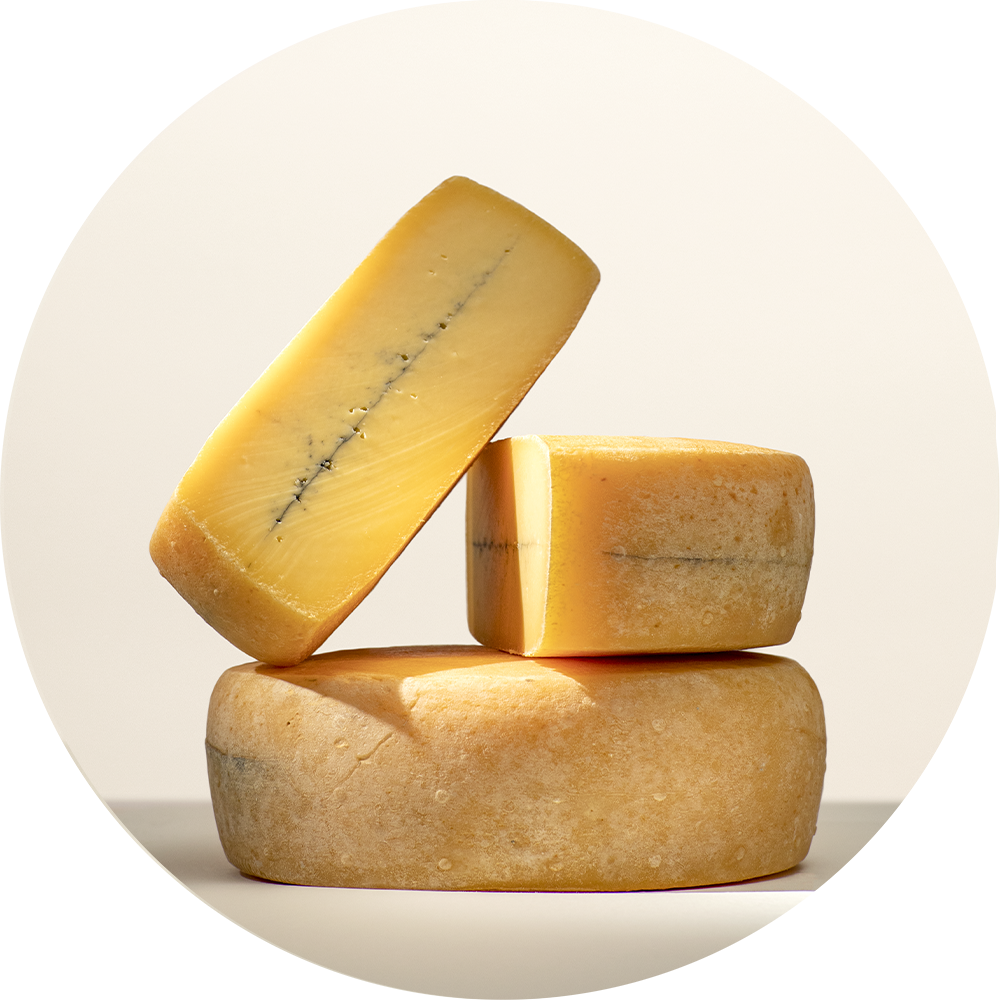
Shakerag Blue
Shakerag Blue was just recently added to the What Chefs Want offering, so it is now available to your customers!
Shakerag Blue’s colorful name is derived from both the beautiful Shakerag Hollow known for its wildflowers and rich moonshining past.
It is a crumbly yet dense, blue-veined cheese wrapped in local fig leaves which have been soaked in Chattanooga Whiskey. It matures gradually in our cool room and the slow ripening process yields a mellower flavor profile and creamier texture. The flavor isn’t overpowering, it is much more delicate, in fact, often people who don’t enjoy blue cheese, enjoy Shakerag Blue. It crumbles well for salads and steaks and deserves a prime spot on the cheese board.
I am actually the one who harvests the fig leaves to wrap this cheese. We store them in food-grade buckets, submerged in whiskey until we are ready to wrap the cheese. The fig leaf wrapping does mean that our scalability is limited by leaf availability. Occasionally, we experience production pauses as we await the readiness of fig leaves.
It is a very labor-intensive process, but the chefs go nuts for it.
Search Item #91934
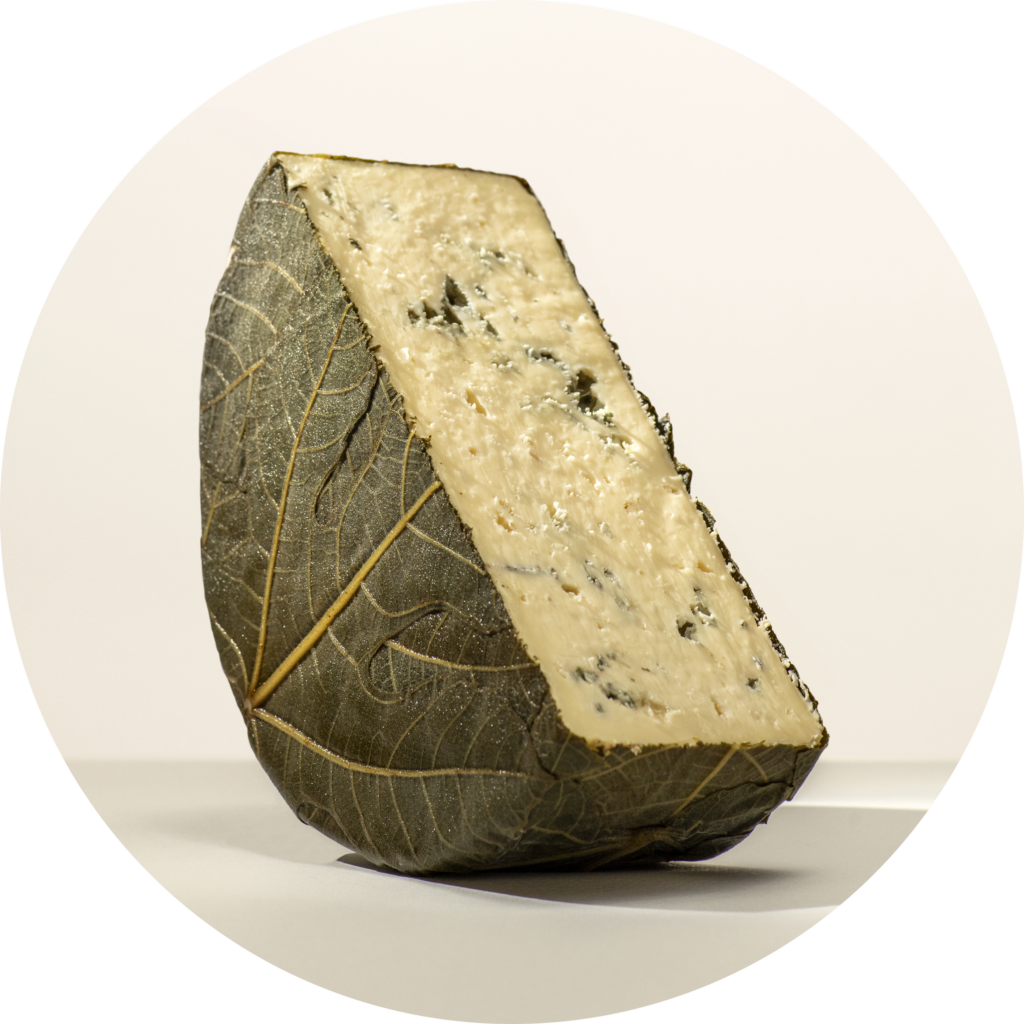
As you continue to grow, how do you intend to maintain the authenticity and community-centered approach that has been integral to your creamery’s success?
It is important to us to be connected to agricultural raw materials. We never want to lose that local touchpoint.
Right now we are sourcing our milk from the only surviving dairy in the Sequatchie Valley. We really see our role as we grow as being about the cheese itself, but also about growing and supporting dairy in the region. We want to turn the ship around for the farmers – and the more we are able to grow, the more we are able to buy from the local farmers, making dairy farming a viable option for new farmers in the area.
What would your advice be to someone just starting out?
Learn everything from people who can teach you. Really. Seek a mentor and learn as much as you can before you just jump in. Start with a narrow focus. Study and understand someone else’s successful enterprise. Fortunately for us, this industry has been a supportive and inclusive atmosphere and we’ve had people very enthusiastically cheering us on, but it is not an easy path.
